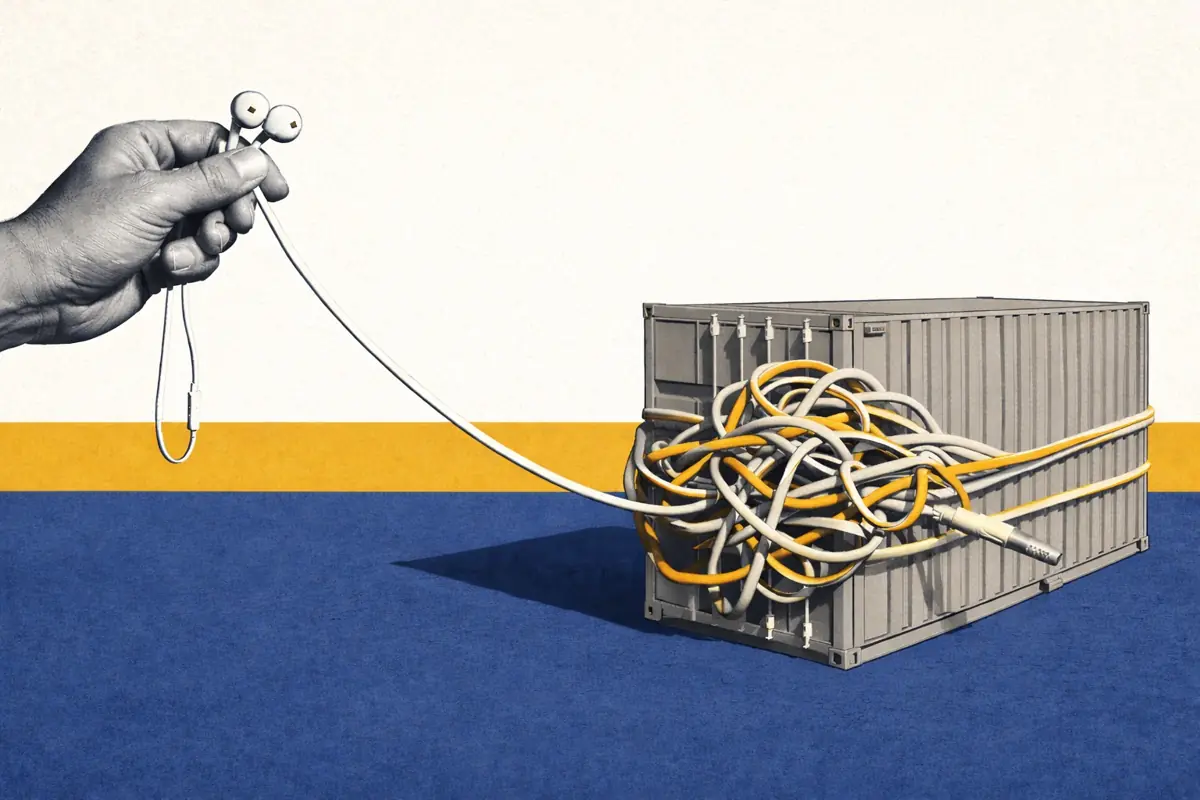Ramp rates in Dynamic frequency response services
Ramp rates: they may seem minor, but they can cause trouble for Dynamic frequency response providers.
National Grid ESO recently communicated that it is investigating non-compliant ramp rate behaviors - and that providers of the Dynamic suite must adhere to ramp rate requirements.
Those not adhering to these ramp rates may face penalties, or ultimately be blacklisted in the most extreme cases.
But what are ramp rates? And how do they apply?
What are ramp rates?
- Batteries can go from zero to full charge or discharge almost instantaneously. This is what makes them such a powerful source of flexibility.
- If a battery switches from zero to full power charging or discharging, this can cause problems for the control room such as frequency volatility.
- So, for some services (including Dynamic frequency response and Slow Reserve), National Grid ESO requires participating batteries to turn up or down more slowly to help keep the grid stable.
- This limit on turning up or down is known as the ‘ramp rate’.

Ramp rates in Dynamic frequency response services
Ramp rates apply to the Dynamic Containment, Dynamic Moderation, and Dynamic Regulation services. But they only apply to actions taken in the opposite direction to the contract.
For example, a battery providing Dynamic Containment Low would have to apply a ramp rate restriction to charging actions. This would not apply to any discharging actions (if it has spare headroom).

- The ramp rate is 5% of contracted MW per minute (same for all three services).
- This rate applies to all actions taken by the battery in the opposite direction to the frequency response contract. That includes trading actions for those providers trying to stack revenues.
- These restrictions apply throughout any contract and for the settlement periods on either side.
- But there is one exception: when batteries receive dispatch instructions through the Balancing Mechanism.
What are the consequences of not following the rules?
If, in a settlement period, ramp rate rules are not followed, providers could receive no contract revenue for that settlement period. (Full details can be found in the service terms for the new response services.)
National Grid ESO can also take more drastic measures for deliberate or continued breach of the rules. Providers could ultimately lose their ability to provide the service (although this is highly unlikely!).
How do these ramp rates actually affect battery storage?
Many batteries attempt to maximize revenues by stacking Dynamic services with revenues (or lower charging costs) from other markets.
For example, a popular strategy is for batteries to contract into Dynamic Regulation High and then discharge excess power into the wholesale market (you can read all about this here).
But remember - the formula is 5% of the contracted MW per minute. So, in actuality, the formula means the time to ramp becomes longer when less of a system’s capacity is contracted into a service.
Ramp rate requirements can therefore have a severe impact at proportionately low contract sizes.

Ramp rates and revenues
Ramp rates effectively prohibit batteries from stacking trading and frequency response and achieving the maximum potential revenues available.
For example, a battery may want to stack Dynamic Containment High with a wholesale discharge at 5 pm.
If this battery contracted 100% of its power capacity into Dynamic Containment High, it would take 20 minutes for the battery to ramp to discharging at full power. At 10% of its power contracted into the service, it would take more than 3 hours to ramp to full power.
Clearly, this battery would not be able to deliver the same energy output in wholesale markets during a high price at 5pm as an uncontracted system.
Figure 4 shows the different dispatch profiles a 1-hour battery would have to follow for two different high-frequency contract sizes.

Therefore, at certain times of the day, these services have an opportunity cost created by the lost trading potential in the opposite direction. The lost trading potential increases the smaller the contract is, relative to your system size.
While some of this lost revenue can be clawed back by trading into subsequent settlement periods, usually the maximum price only lasts for one hour in any day.

This means providers need to factor this into their bid pricing for the service. Providers should also be wary of the effect curtailable bids could have on other actions they want to pursue.
Key Takeaways
- As a battery energy storage professional in Great Britain, it is crucial to understand the rules around ramp rates for Dynamic frequency response services to avoid penalties.
- A good understanding of the rules and their impact on other revenue streams will also allow operators to maximize the value that can be obtained by stacking.
- What about the impact on battery revenues? It will be interesting to see how this plays out. But if providers start following these requirements, we could see some big changes to stacking strategies.







